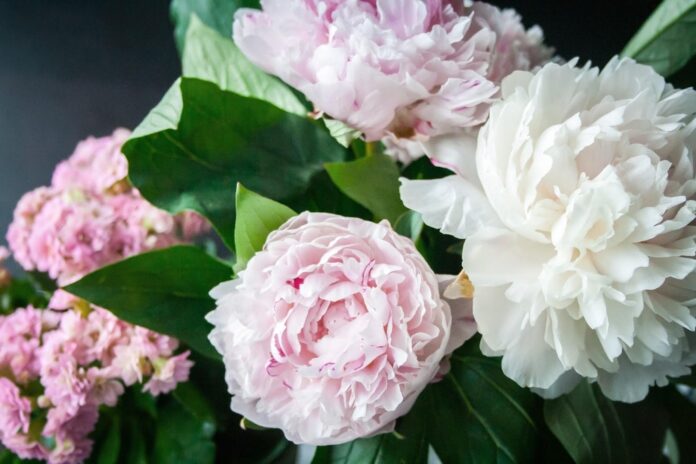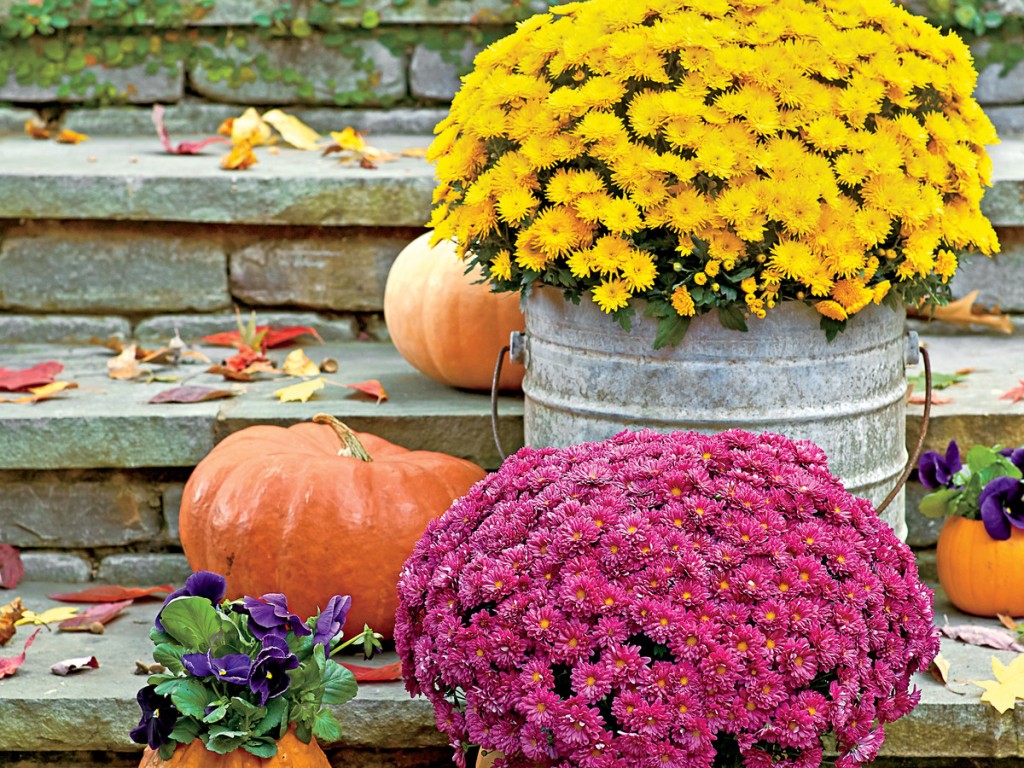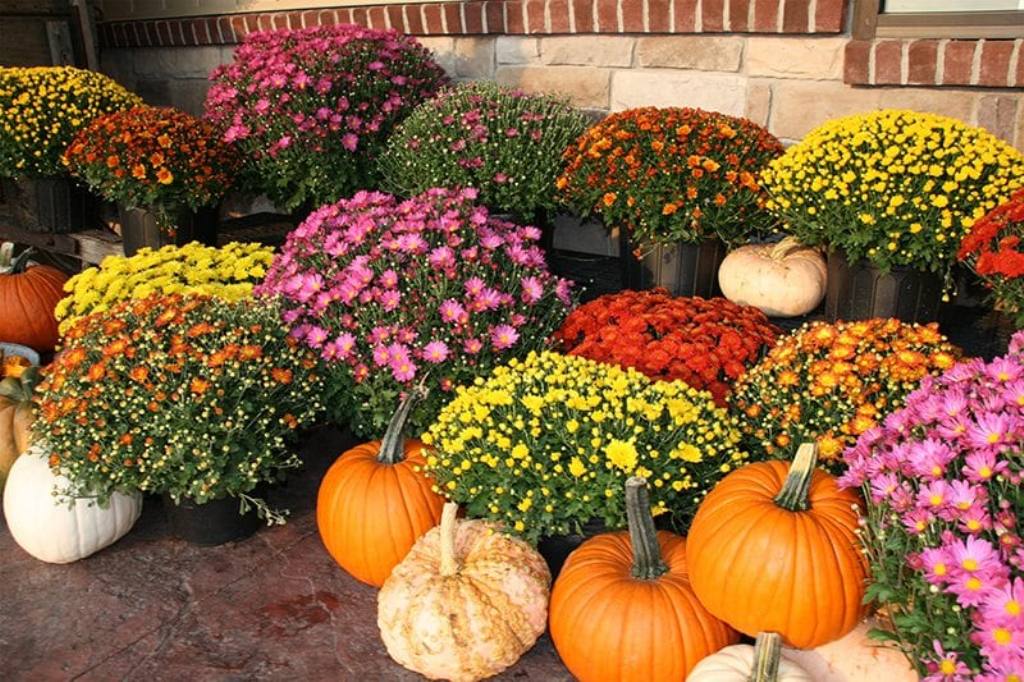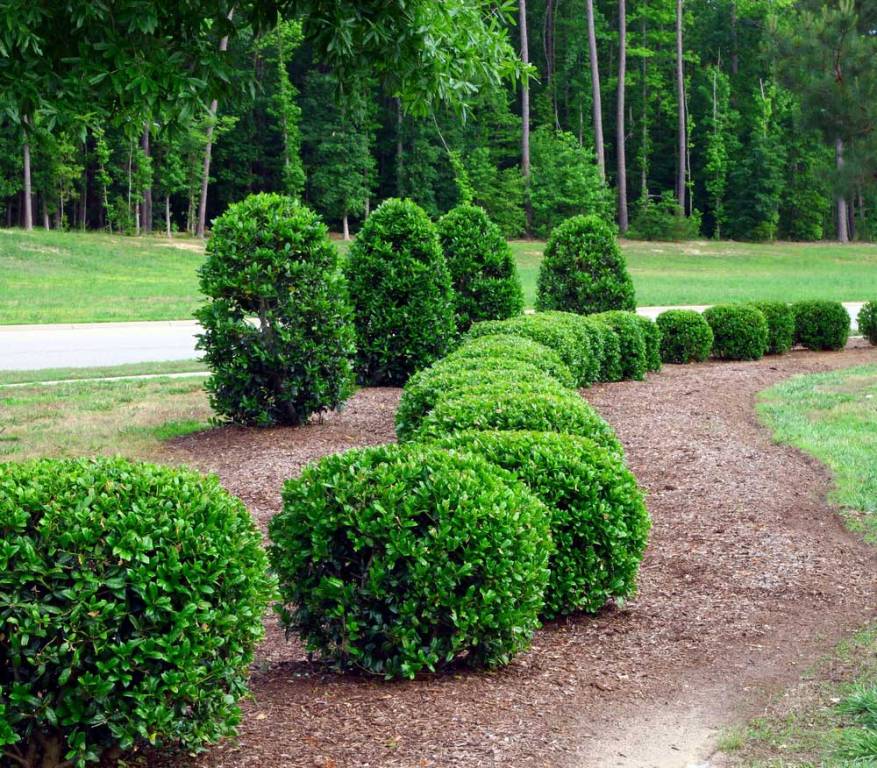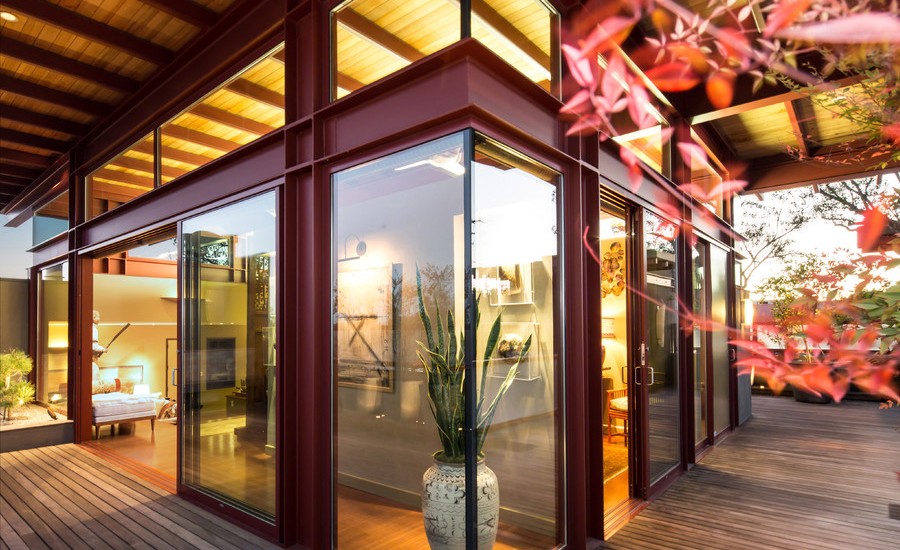For many, spring is the season most associated with gardening and planting. Since spring is the season of rebirth and provides us with the color and vibrancy we’ve missed over a long winter.
But fall planting provides many benefits as well. It can keep you supplied with fresh, crisp vegetables, herbs to flavor your holiday meals, and keep your soil healthier over the winter.
It will also keep you healthier and give you a reason to spend some time outside during the cooler months.
Another plus in its favor is that the cooler air in fall also makes gardening more comfortable for the gardener. And the rain also makes a bit less work for you since it will help keep your garden soil wet.
Most pests that can irritate gardeners and plants alike during spring and summer tend to disappear during the fall.
Read on to discover the many plant options available and some tips on planting and caring for them.
Your Guide to Fall Planting
Fall is a good time to plant no matter where on the USDA hardiness map you live. You’ll want to check the map to find out when your first frost date is.
Most crops do better if they reach maturity before the first frost. Your seed packet will tell you how many days it takes for the plant to reach maturity, so you can be sure you’re choosing the right ones for your area.
If you grow vegetables, planting in the fall will provide you with fresh and healthy food for your table through the winter. Many vegetables planted in the fall last longer than those planted in the spring and summer.
You’ll want to add some micronutrients to your soil by adding in some manure or compost first.
Another added benefit of growing plants in the fall is that the leaves from the plants will shade the dirt and keep down weed growth. You’ll be happy about this when it comes time to prepare for your spring planting.
Below is a fall planting guide that provides some suggestions for what to plant.
Vegetables
Greens of all types fit well in your fall planting plans. Arugula, mustard greens, swiss chard, and lettuce love the crisp air and cooler temperatures. Spinach is very hardy and doesn’t mind frost.
Root vegetables like carrots, radishes, rutabagas, and turnips thrive in the fall and taste better when harvested after a period of frost. You’ll also want to keep their soil soaked since they take longer to germinate than above-ground veggies.
Other cool-season planting options are Brussel sprouts, kohlrabi, broccoli, and cauliflower. The pests that love these plants don’t like the cool weather so plant them once the air has cooled down.
Some herbs that do well in mild winters are thyme, cilantro, mint, rosemary, sage, parsley, and chives.
Once your soil has cooled and you get to about mid-fall, it’s time to plant your alliums (onions, garlic, shallots).
Flowers
Some flowers are a good option for fall but you’ll need to get them in the ground early when the soil is still warm. Most can hold up under a freeze if their roots have had time to get established.
Pansies are always a good choice for fall. You can find them in shades of purple, yellow, red, white, orange and gold.
Others flowers to choose from and some of the colors you can find them in are:
- Peonies (red, rose, pink and white)
- Chrysanthemums (yellow, peach, red, orange, white and pink)
- Celosia (orange, red, purple, yellow and orange)
- Aster (pink, purple, blue and white)
- Viola (wide range of colors)
- Dianthus (white, red, purple and pink)
- No matter what colors you choose, your garden will look prettier and will
- brighten your days.
Bulbs
Planting bulbs should be part of your fall garden planting schedule. They are a great way to color and beauty to your yard in the Spring.
Bulbs need the cold of winter in order to go dormant before they will bloom.
There are many bulbs to choose from and they come in an array of beautiful colors. Tulips, daffodils, hyacinths, snowdrops, Dutch iris, and Spanish bells are just some of the beauties to look for.
Your local gardening supply shop (or online seed and bulb provider) will likely have many others to choose from. Be sure to check the instructions since some bulbs need to be planted singly but others can be planted 3 or 4 together.
Trees and Shrubs
Planting trees and shrubs in the Fall needs to be done while the soil is still warm in order for the roots to develop.
Some trees are best planted in either the spring or the fall. Some of the trees to choose from in the fall are ash, elm, pines, and spruces.
When choosing shrubs, look for shrubs that are deciduous (sheds its leaves at the end of the growing season).
Remember to check with your local utilities prior to putting in new trees. You’ll want to make sure you don’t hit any of their equipment when digging and provide adequate space for the tree’s roots to spread out safely.
If you need help trimming or caring for your trees, you can find help at this site.
Ready, Set, Plant!
If the air is getting cooler where you are, it is time to get to your fall planting.
Don’t let this season go by without getting some new plants, trees or shrubs in the ground.
Bookmark our website now and be sure to check out Outdoors Section to find more great tips on gardening and decorating your outdoor living space.

